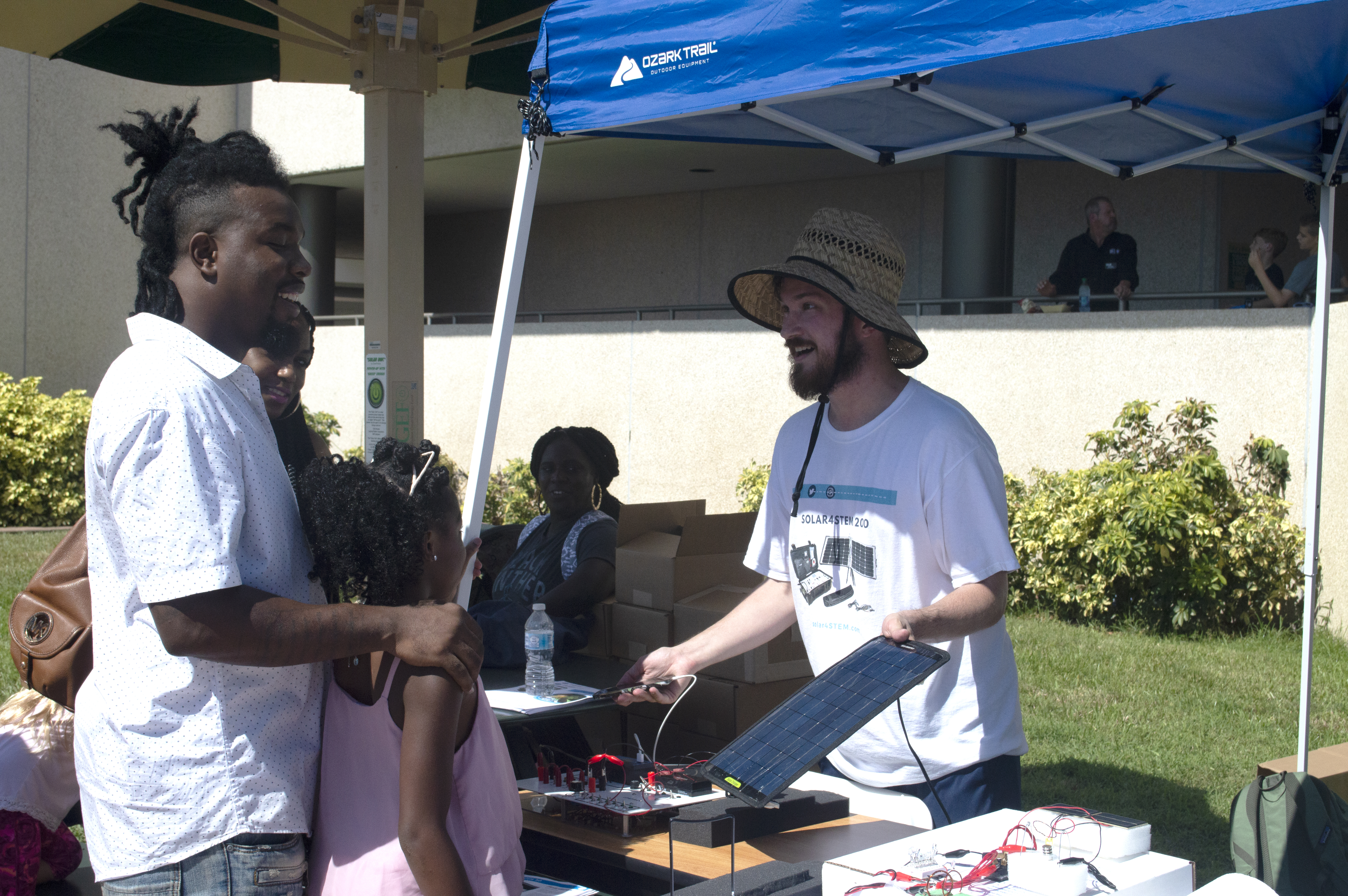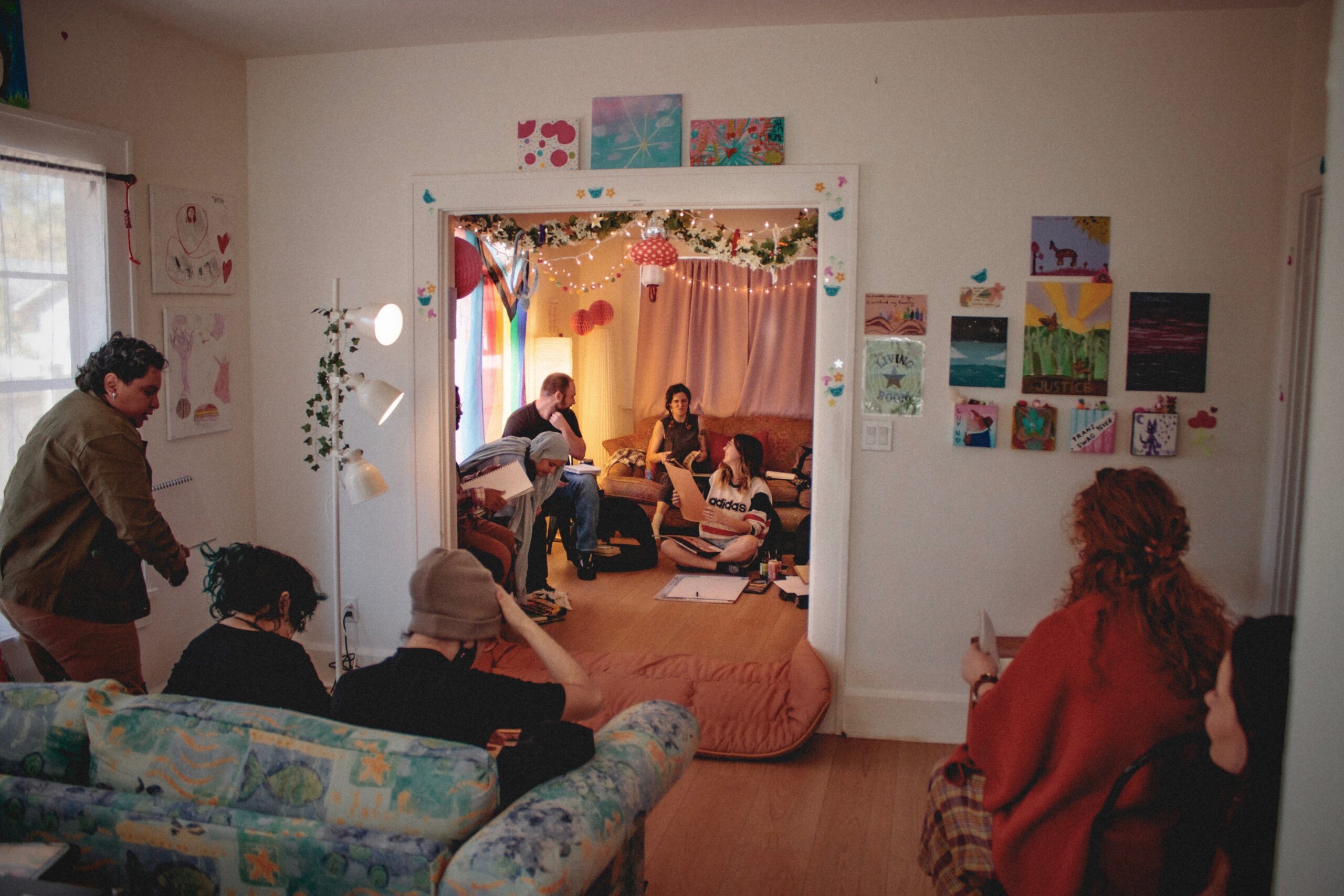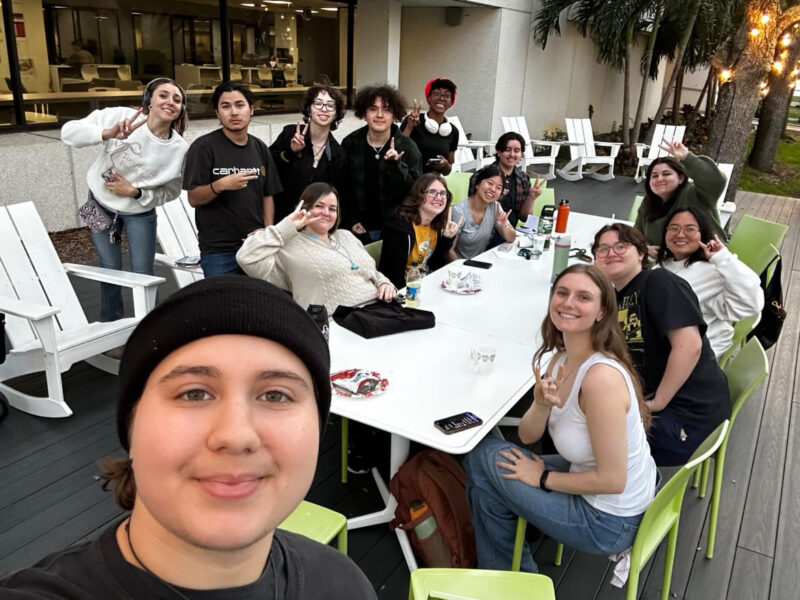Adam Berezansky shows off solar power to attendees of Science Fest 2018. Dylan Hart | The Crow’s Nest
By Dylan Hart
Whale bones, shark tanks, live reptiles and carnivorous plants – all were on display Saturday at MarineQuest 2018.
MarineQuest is the annual open house exhibition of the Florida Fish and Wildlife Center, with researchers from across the state gathering to share their studies with attendees.
Eric Negid, a researcher for the Florida Fish and Wildlife Center, stood in a netted tent labeled “Freshwater Oddities.” The exhibit put a unique spin on scientific learning, bringing children through an interactive escape room that required them to solve clues by identifying sea life.
“It’s very interactive, the kids really seem to like it,” Negid said. “The goal is to bring awareness to freshwater resources –– we talk about how we mark animals, fish movements and habitat –– depending on their age, we try to get a little bit more in depth or less in depth.”
But just steps away, separated only by signs, the annual St. Petersburg Science Festival was underway, snaking around Harborwalk with tents and booths lined up along the pathways.
Under the slogan “Science in the Sun,” the festival draws over 15,000 attendees annually.
Both Science Fest and MarineQuest focused on hands-on events for children, hoping to engage them in science, technology, engineering, art and math through activities rather than reading or watching.
Topics covered at both events included marine biology, sustainability and weather (hosted primarily by the National Oceanographic and Atmospheric Administration).
Mason Woods, a geology student at USF Tampa, gave a presentation at Science Fest under the direction of Associate Professor Philip Van Beynen.
“Dr. Van Beynen does this every year,” Woods said. “He wanted to do a project that talks about the importance of caves and our groundwater here in Florida.”
A crowd of a dozen children gathered around Woods’ “Caves and Karst” booth, watching Woods drop liquid into the cave system and explain how the aquifer can be polluted.
“A lot of the kids already know a bunch about it, a lot of them don’t know anything but are interested,” Woods said. “We think it’s really important to show kids that everything is connected early on, so that they treat their land well and they treat their water well.”
After the presentation, Van Beynen and his students invited the children to crawl through their cave model, which snaked around the booth in a “U” shape.
A few booths away, Adam Berezansky, a systems engineer for Custom Manufacturing and Engineering in Pinellas Park, helped put on a display about solar power at Science Fest.
Berezansky showed attendees how solar power works with a handheld solar panel, which he plugged into a fan. He then took the panel out of the sun and showed that the fan stopped without power, until he flipped on a switch to activate the solar-powered battery.
Berezansky showed one of the solar power education kits that CME produces.
“This same kit can be used to charge phones –– the idea is that you can be anywhere in the world that has sunlight and you can charge your phone,” Berezansky said. “So many kids are used to needing wall outlets to charge their iPad, but with solar power, you can do it anywhere.”
Berezansky recognized the impact events like Science Fest can have on young minds.
“We’re trying to get kids excited about solar power,” Berezansky said.



